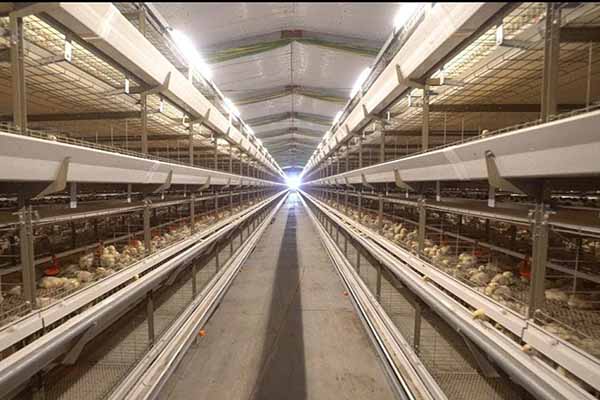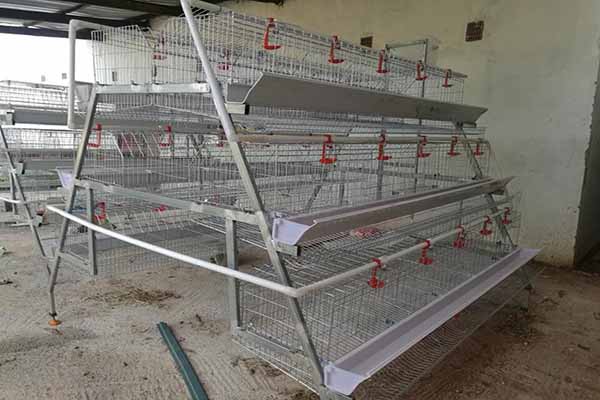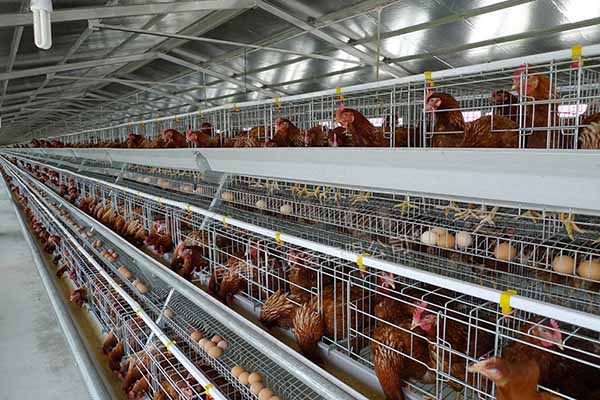Optimizing Chicken Layer Battery Cage Systems for Maximum Efficiency
As the poultry industry continues to evolve, the demand for efficient and humane chicken layer battery cage systems has never been higher. In this article, we will explore the key factors to consider when selecting and implementing these systems, along with data-driven insights to help you make informed decisions.
Understanding the Chicken Layer Battery Cage System
The chicken layer battery cage system is a highly efficient method for raising hens in a confined space. These systems are designed to maximize space utilization, reduce labor costs, and improve overall flock health. Here are some key points to consider:
- Space Allocation: Each cage should provide ample space for the hens to move around, lay eggs, and exhibit natural behaviors. The recommended space per hen is typically around 0.5 square meters.
- Material Quality: High-quality steel or galvanized steel is ideal for constructing battery cages. These materials are durable, corrosion-resistant, and easy to clean.
- Ventilation and Lighting: Proper ventilation and lighting are crucial for maintaining a healthy environment. The system should allow for adequate air exchange and provide natural or artificial light to simulate day and night cycles.
Key Factors for Maximum Efficiency
Implementing an efficient chicken layer battery cage system requires careful planning and consideration of several factors:
- Capacity Planning: Determine the optimal number of hens to house based on the available space and the desired production output. This will help you maximize efficiency and minimize costs.
- Feeding System: An automated feeding system can help reduce labor costs and ensure that hens receive a balanced diet. Consider the type of feed, the feeding frequency, and the system’s ability to adapt to different growth stages.
- Watering System: A reliable watering system is essential for maintaining hens’ hydration levels. The system should provide clean, fresh water and be easy to clean and maintain.
- Health Management: Regular monitoring of the flock’s health is crucial for preventing disease outbreaks. Implement a comprehensive biosecurity program and use automated systems to monitor vital signs and detect potential health issues early.
Case Study: Improving Efficiency with Battery Cages
In a recent study, a poultry farm replaced their traditional free-range system with a chicken layer battery cage system. The results were impressive:

| Parameter | Before | After |
|---|---|---|
| Space Utilization | 0.2 square meters per hen | 0.5 square meters per hen |
| Production Output | 300 eggs per hen per year | 400 eggs per hen per year |
| Cost Savings | $10 per hen per year | $5 per hen per year |
The farm experienced a significant increase in production output and cost savings after implementing the battery cage system.

Contact Us for a Free Chicken Layer Bat tery Cage Design and Quote
tery Cage Design and Quote
Are you looking to optimize your chicken layer battery cage system? Contact us today to receive a free, customized design and equipment quote from LIVI Mechanical. Our team of experts will work with you to create a system that meets your specific needs and maximizes efficiency.




